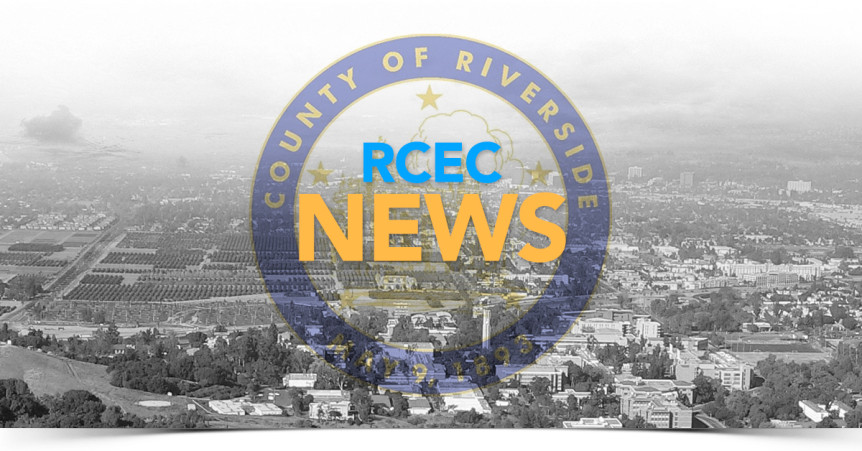COURTESY OF: DANIELLE DOUGLAS-GABRIEL Washington Post
Colleges are putting the brakes on hefty price increases, but tuition and fees are still rising at a faster rate than the financial aid and family income needed to cover costs, according to two reports released Wednesday by the College Board.
“Despite the moderate increases in average published prices, there were considerable increases in net tuition and fees over the past few years,” said Jennifer Ma, policy research scientist at the College Board and co-author of the reports. “These increases, combined with stagnant incomes for many families, raise concerns about ensuring educational opportunities for low- and moderate-income students.”
Sticker price increases have hovered around 3 percent for the last three years, the reports showed, keeping in line with historical trends and the reversal of the soaring costs that marked the recession. But net prices for a college education are rising.
Published tuition and fees for four-year public colleges and universities this fall average $9,650 for in-state students, a 2.4 percent annual increase after inflation. After taking grants, scholarships and tax credits into account, tuition and fees for local students at public universities average about $3,770. That so-called net price, though, climbs to an average $14,210 when room and board are added. Net prices continue to grow because sticker price increases have surpassed the grant aid that students receive.
Meanwhile at private, nonprofit colleges, average net tuition and fees this fall was $14,220, up from an inflation-adjusted $13,340 last year. Including room and board, the net price rose from $24,980 to $26,100. Published tuition and fees at private schools crept up 3.6 percent, to $33,480 after inflation.
Wages are trending up, but not enough to keep pace with the cost of college. Median family income grew at an average rate of 0.4 percent a year after inflation between 2005 and 2015, while incomes rose 0.8 percent between 1996 and 2006, according to the report.
The positive news is that families are taking on less debt to cover the cost of higher education as the economy improves. Students and parents borrowed $106 billion in 2015-2016 to pay for college, down 14 percent from the peak of $124 billion in 2010-2011. Undergraduates last year borrowed 18 percent less than in 2010-2011. During the same period, graduate students took on 6 percent less debt — though over the past academic year, per-student borrowing among that group went up by $550.
While sticker price increases have muted some of the gains in grant aid, there is far more money to supplement student and family resources. Grants constituted 55 percent of the funds used by undergraduates in 2015-2016, the highest level in recent years, according to the report. Students pursuing a bachelor’s degree received an average of $14,460 in financial aid last year, including $8,390 in grants, $4,720 in federal loans, $1,290 in education tax credits and $60 in federal work study.
A report from Sallie Mae also showed that families paid less out of pocket for college last fall by taking advantage of more scholarships and grants to cover costs. Parents of undergraduates reported paying $1,100 less toward higher education expenses compared to the 2014-2015 academic year, according to the survey. Scholarships and grants covered 34 percent of costs, the largest percentage of any resource used to pay for school in the past five years.
“The continuing downward trend in undergraduate student borrowing and the significantly higher levels of borrowing among graduate students are critical to understanding student debt problems,” said Sandy Baum, a scholar at George Washington University who co-authored the College Board reports.
Graduate student loans accounts for a hefty portion of overall education debt, though far fewer people pursue advanced degrees than bachelor’s degrees. About 43 percent of graduate borrowers owed more than $40,000 in 2015, compared to 10 percent of undergraduate borrowers, according to the College Board.
Still, graduate students and undergraduates who attend selective colleges have the lowest default rates on their loans. Default rates are highest among borrowers who leave school owing less than $5,000, according to the report. That finding is consistent with Federal Reserve data that shows students with small balances account for the largest share of defaults, often because they drop out of college, diminishing their prospects of finding work and earning enough to repay the debt.
“The intense focus on the idea of a national student debt crisis distracts from a more important discussion about the students who actually are in crisis and keeps the struggle of these students in the shadows,” said Justin Draeger, president and chief executive of the National Association of Student Aid Administrators. “We should be targeting our resources toward finding solutions for the students who need it most.”
People who earned a bachelor’s degree in 2015 left school with an average of $28,100 in debt. That number is a little lower than the $30,100 average reported by the Institute for College Access and Success, though both reports say that student debt is still rising. Debt levels vary across the country, with the highest concentration in the Northeast and Midwest, and the lowest levels in Western states.

